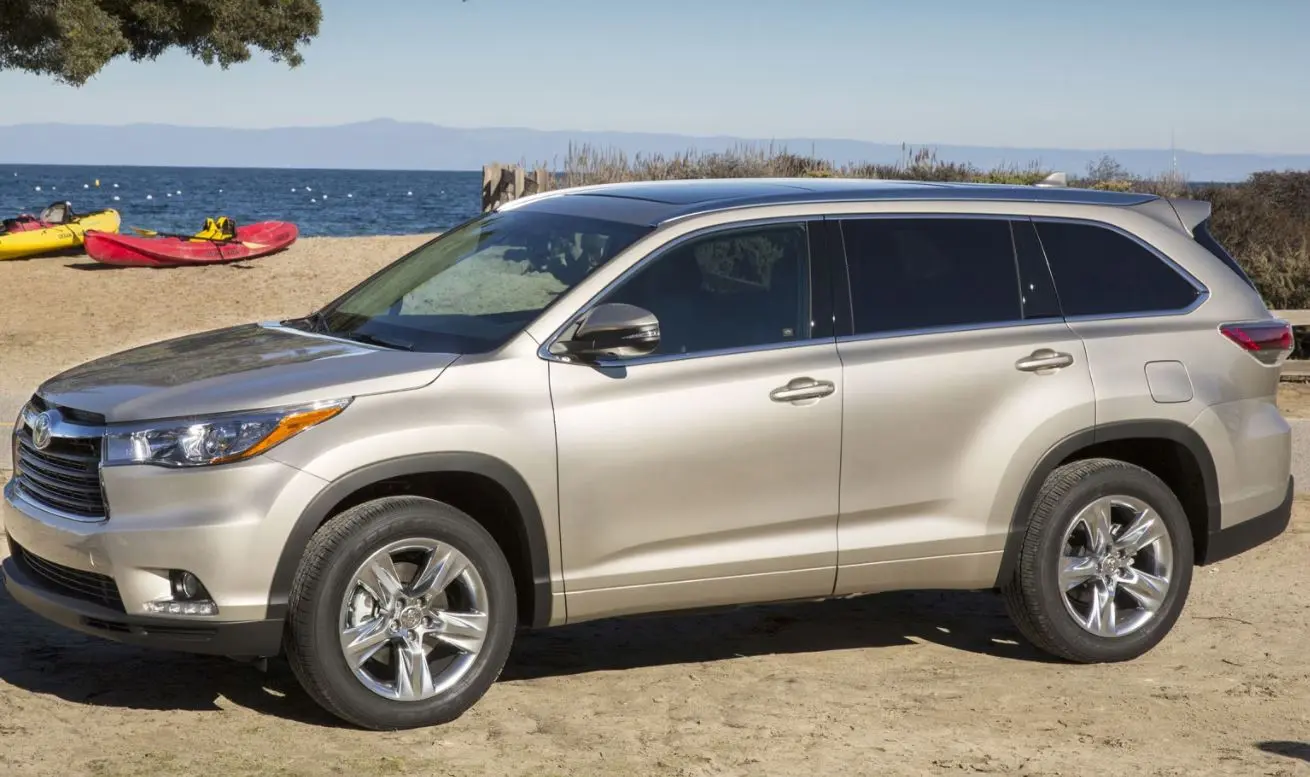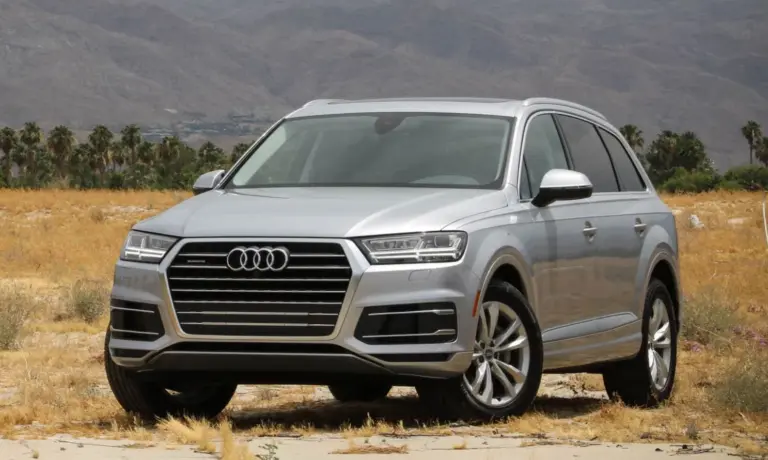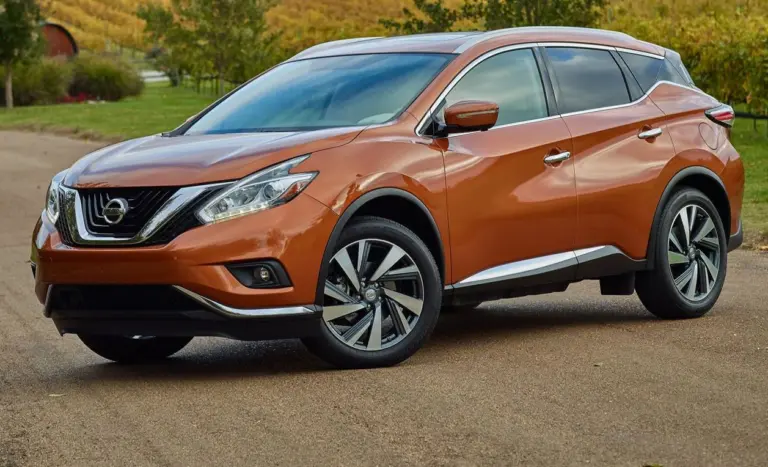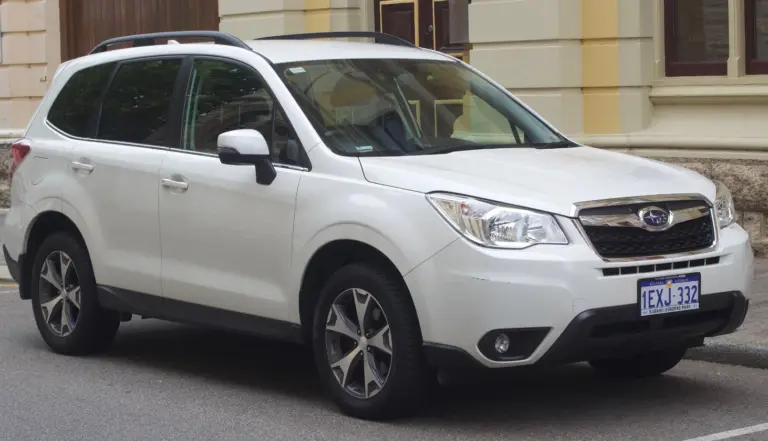Toyota Highlander Years to Avoid (Updated)
Are you in the market for a reliable SUV? The Toyota Highlander has been a popular choice for families since its introduction in 2001. However, not all model years are created equal.
Some have proven to be more problematic than others, potentially leading to costly repairs and frustrating ownership experiences. In this article, we’ll examine the Toyota Highlander years to avoid, helping you make an informed decision when shopping for your next vehicle.
Toyota Highlander Years to Avoid
Before we dive into the specifics, let’s take a quick look at the Toyota Highlander model years that have raised red flags among owners and automotive experts.
| Model Year | Major Issues |
|---|---|
| 2003 | Engine overheating, stripped engine bolts, brake problems |
| 2008 | Engine knocking, excessive oil consumption, electrical issues |
| 2014 | Stripped engine bolts, suspension problems, infotainment glitches |
| 2015 | Oil leaks, transmission concerns, premature brake wear |
2003 Toyota Highlander
The 2003 model year stands out as one of the most problematic for the Toyota Highlander. Owners reported several significant issues that make this year a top contender for the Toyota Highlander years to avoid list.
Engine problems were the primary concern for the 2003 Highlander. Many owners experienced overheating due to coolant leaks caused by stripped engine bolts. This issue typically surfaced around the 125,000 to 130,000-mile mark, often requiring expensive engine rebuilds or even complete replacements.
Additionally, the 2003 Highlander suffered from premature suspension wear, leading to a less stable ride and increased road noise over time. These issues, combined with reported brake problems, make the 2003 model a risky choice for used car buyers.
2008 Toyota Highlander
The 2008 Highlander marked the beginning of the second generation, but unfortunately, it came with its fair share of problems. This model year is another one to be wary of when shopping for a used Highlander.
Engine issues were again a major concern. Owners frequently reported strange knocking noises, excessive oil consumption, and sensor failures that could lead to engine stalling. The electrical system was also prone to glitches, with malfunctions affecting power windows, door locks, and dashboard indicators.
Perhaps most concerning is the number of recalls issued for the 2008 Highlander. With 13 separate recalls, covering issues from airbags to melting window switches, this model year stands out as particularly troublesome.
2014 Toyota Highlander
The 2014 Highlander kicked off the third generation with a stylish redesign, but it also brought along some recurring mechanical problems. This model year is another one to approach with caution.
Once again, stripped engine bolts resurfaced as a major issue, causing coolant leaks and overheating. The suspension system, including front struts and control arms, often required premature replacement, impacting ride quality and handling.
Infotainment issues were another sore spot for 2014 Highlander owners. Many reported system freezes and lag, detracting from the overall appeal of the vehicle in an increasingly tech-savvy market.
2015 Toyota Highlander
While the 2015 Highlander showed some improvements over its predecessor, it still inherited many of the same issues, earning it a spot on our list of Toyota Highlander years to avoid.
Engine problems continued to plague this model year, with oil leaks and stripped bolts being common complaints. Transmission concerns also surfaced, including rough shifting, delayed gear changes, and in some cases, complete transmission failures.
Another frequent issue was premature wear on the braking system, with some owners needing to replace brake pads and rotors much earlier than expected. These mechanical shortcomings significantly impacted owner satisfaction, despite the vehicle’s spacious interior and family-friendly design.
Common Problems Across these Model Years
While each model year has its unique issues, some problems seem to persist across multiple generations of the Toyota Highlander. Being aware of these common issues can help you make a more informed decision when considering a used Highlander.
Engine Issues
Engine problems are a recurring theme in the Toyota Highlander years to avoid. These issues range from minor annoyances to major failures that can lead to costly repairs:
- Stripped engine bolts causing coolant leaks
- Excessive oil consumption
- Engine knocking and unusual noises
- Overheating due to coolant leaks
Transmission Problems
While not as prevalent as engine issues, transmission problems have been reported in several model years, particularly in the 2015 Highlander:
- Rough or delayed shifting
- Transmission slipping
- Complete transmission failure in some cases
Electrical System Glitches
Electrical issues have plagued several Highlander model years, particularly the 2008 version:
- Malfunctioning power windows and door locks
- Dashboard indicator problems
- Infotainment system freezes and lag
Suspension Wear
Premature suspension wear has been reported in multiple Highlander generations, affecting ride quality and handling:
- Early replacement of front struts and control arms
- Increased road noise and decreased stability
Frequently Asked Questions (F.A.Q)
Q1. Which Toyota Highlander years are the most reliable?
While we’ve focused on the years to avoid, it’s worth noting that many Highlander model years have proven to be highly reliable. The 2009-2013 models from the second generation and the 2017-2019 models from the third generation are generally considered among the most dependable.
Q2. How long do Toyota Highlanders typically last?
With proper maintenance, a Toyota Highlander can last well over 200,000 miles. Many owners report their Highlanders running strong even after 300,000 miles. However, the longevity can vary depending on the specific model year and how well the vehicle has been maintained.
Q3. Are older Toyota Highlanders worth buying?
Older Toyota Highlanders can be a good investment, especially if you’re looking at models from the more reliable years. However, it’s crucial to have any used vehicle thoroughly inspected by a qualified mechanic before purchase, regardless of its reputation for reliability.
Q4. How often should I service my Toyota Highlander?
Toyota recommends servicing your Highlander every 5,000 miles or 6 months, whichever comes first. However, this can vary depending on your driving habits and conditions. Always refer to your owner’s manual for the most accurate maintenance schedule for your specific model year.
Q5. What are some alternatives to the Toyota Highlander?
If you’re considering alternatives to the Highlander, you might want to look at other midsize SUVs like the Honda Pilot, Mazda CX-9, Kia Telluride, or Hyundai Palisade. Each of these vehicles offers its own set of features and benefits, so it’s worth comparing them to find the best fit for your needs.
Wrapping Up
While the Toyota Highlander is generally known for its reliability, certain model years have proven to be more problematic than others. By avoiding the 2003, 2008, 2014, and 2015 model years, you can significantly reduce your risk of encountering major issues.







